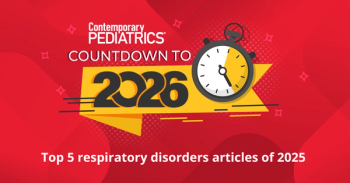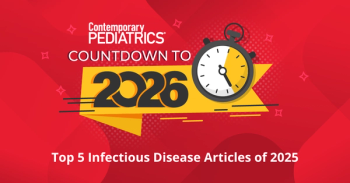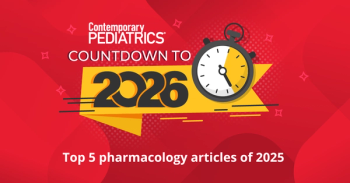
Autism clues begin to emerge closer to 12 months of age
Limited eye contact and communication abilities, cited as autism symptoms, often are not detectable in an infant's first few months but become more apparent as children reach 1 year of age.
Limited eye contact and communication abilities, cited as autism symptoms, often are not detectable in an infant's first few months but become more apparent as children reach 1 year of age. This is according to research published online in the Journal of the American Academy of Child and Adolescent Psychiatry.
Study investigators analyzed 2 groups of children. Half of the participants, considered "high-risk," had a sibling with autism and were later diagnosed with autism spectrum disorder themselves. The other half, categorized as "low-risk," did not have family members with autism and experienced typical development. Researchers followed the children until the age of 3 years.
At 12 months, the high-risk children experienced a sharp drop in eye contact, smiling, and study-defined social responsiveness, according to researchers. These differences became even more apparent as the children progressed to ages 2 and 3 years.
Newsletter
Access practical, evidence-based guidance to support better care for our youngest patients. Join our email list for the latest clinical updates.




